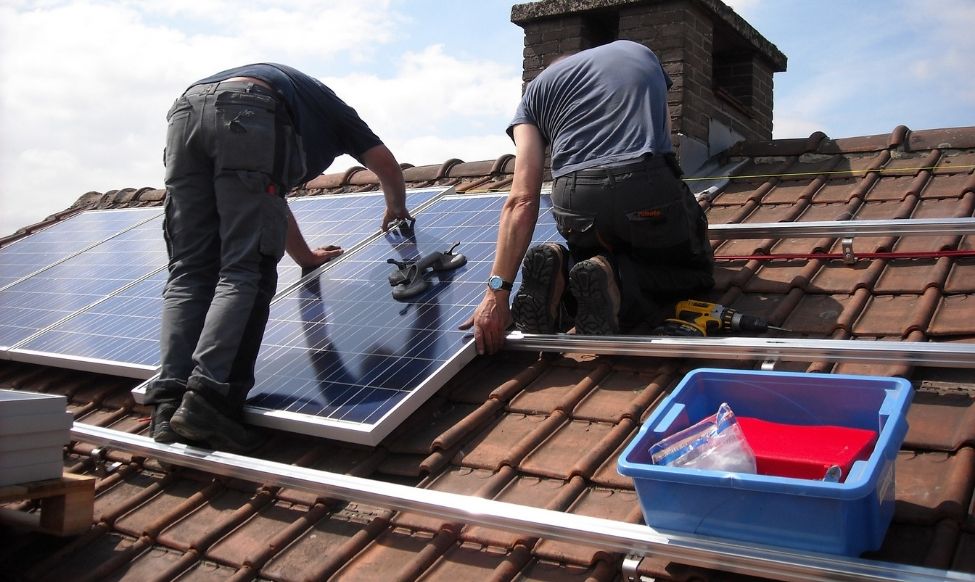 By Mark Harrington
By Mark Harrington
mark.harrington@newsday.com
@MHarringtonNews
Four of the region’s largest solar companies are working with the Hauppauge Industrial Association on an initiative that would install solar panels on many of the members’ 459 rooftops, generating up to 20 megawatts of solar power.
The companies, Harvest Power, EmPower Solar, EnterSolar and SUNation Solar, have been working with the HIA to study rooftops to determine which are best suited to solar. The solar companies sent letters to more than 400 buildings in the Hauppauge Industrial Park, telling them of the revenue-producing potential of their roofs. The HIA, a support group for companies in the industrial park, announced the program to members at a meeting on Sept. 28.
Terri Alessi-Miceli, president of the association, said with so many flat roofs on buildings in the park, “it really makes sense to look at solar as an option.”
Jack Kulka, one of the founding members of the HIA, who is in the process of having solar panels installed on his building roof, likened the effort to other cooperative plans instituted by the park, including negotiations about power delivery with the former Long Island Lighting Co., internet service and pending discussions for sewer hookups.
Joe Campolo, chairman of the group, told members at the meeting that businesses need to cut costs to stay competitive, and solar was a way to do it.
One primary method of outfitting the buildings will involve a concept called community solar that would allow the companies to sell power produced on their rooftops to dozens of PSEG customers across Long Island. Community solar lets developers offer the cheaper power to customers who can pay as little as 16 cents a kilowatt hour for blocks of energy they buy by the year. Traditional power from the utility costs upward of 20 cents a kilowatt hour. A megawatt of solar powers around 165 homes in New York, according to the Solar Energy Industries Assoc., a trade group.
Companies can also participate in so-called feed-in tariff solar that allows companies to sell the power they generate back to the LIPA electric grid at a preset price. Revenue generated from the systems would allow the companies to offset the costs of installing solar, which is expected to come at a discounted price because the four solar providers are pooling resources to cut labor and materials costs.
Only 39 of the 459 buildings in the Hauppauge Industrial Park have solar power now. Among them is Superior Washer and Gasket, whose president, Allan Lippolis, said the company cut its annual electricity bill by some $50,000 — savings that will allow the system to pay for itself in around seven years. He said he expects his system to save $900,000 in electricity costs over its lifetime. The company has a 245,000-watt system of 805 panels.
Scott Maskin, chief executive of SUNation and chairman of the Hauppauge Industrial Park’s power subcommittee, said the 20 million square feet of rooftop space in the park can generate considerably more than the 20 megawatts the companies initially propose to install. Limitations on how much solar power can be run through a LIPA substation and other infrastructure issues limit the total amount of solar, for now, officials said.
On a peak-usage day, the park uses around 80 megawatts of power.
In the community solar model, building owners who choose to finance and own their systems get the benefit of tax credits and other tax incentives, and receive payments from subscribers for the blocks of energy they produce.
But building owners may choose to lease their roofs to developers, solar companies or other third parties, and they would receive lease payments.

